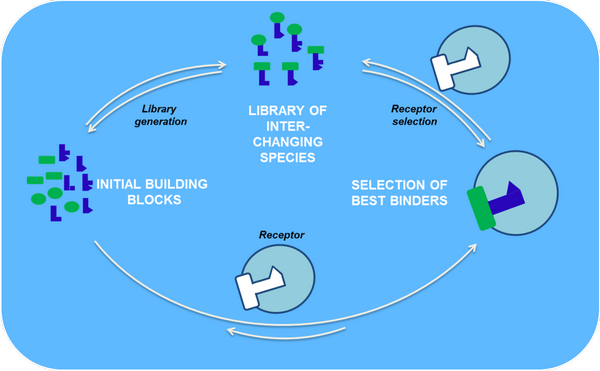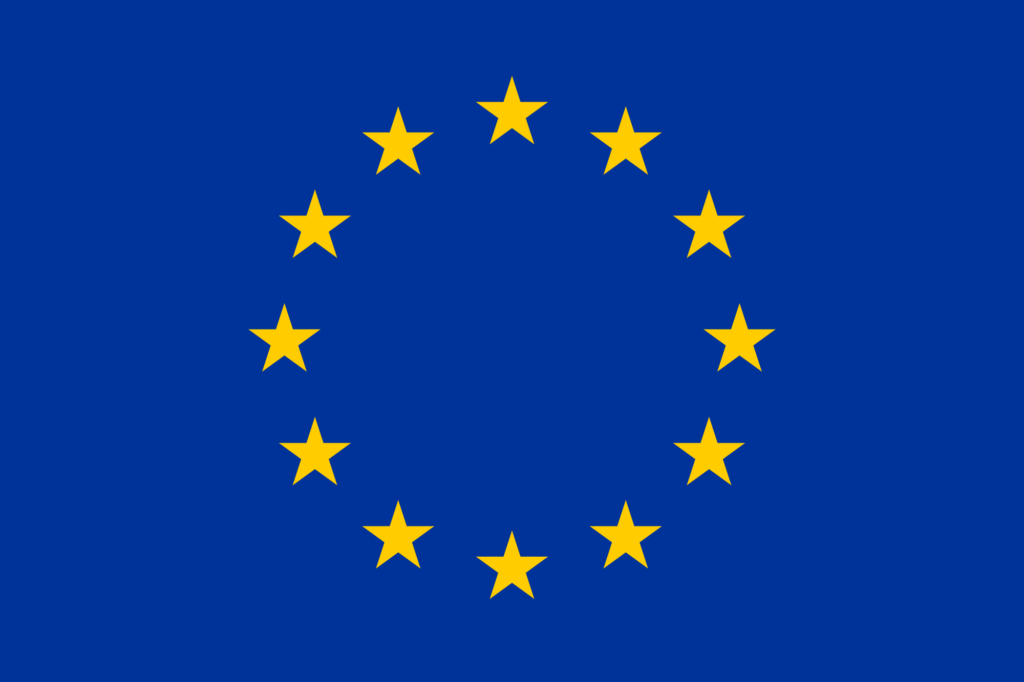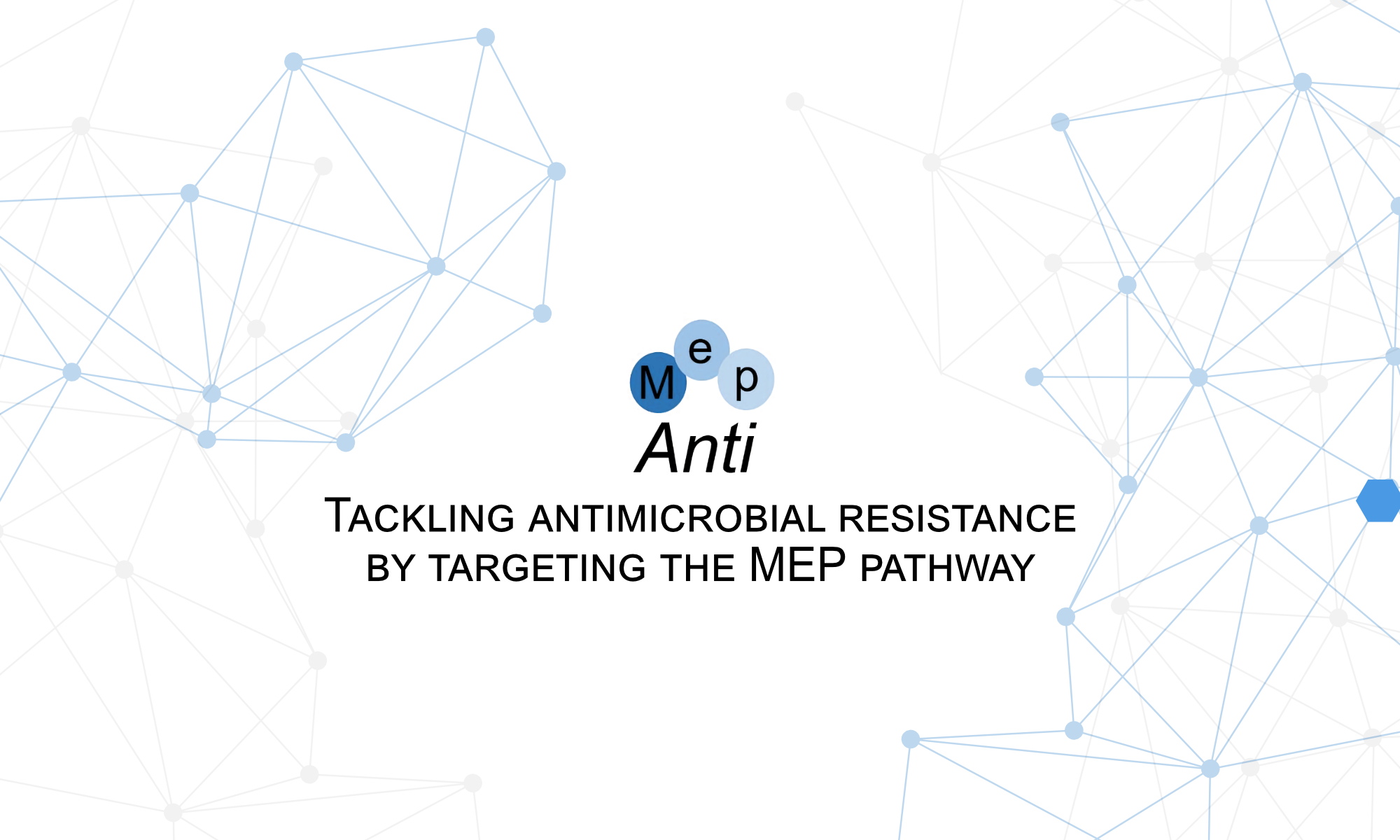 The drug-discovery projects will exploit established as well as innovative hit-identification strategies. Structure- and fragment-based design, classical structure-activity relationship (SAR) study, dynamic combinatorial chemistry and kinetic target-guided synthesis will be used to identify novel, selective and potent inhibitors of the MEP pathway enzymes.
The drug-discovery projects will exploit established as well as innovative hit-identification strategies. Structure- and fragment-based design, classical structure-activity relationship (SAR) study, dynamic combinatorial chemistry and kinetic target-guided synthesis will be used to identify novel, selective and potent inhibitors of the MEP pathway enzymes.
The binding mode of the most promising hits will be determined by saturation-transfer difference (STD)-NMR, site-directed mutagenesis and co-crystal structures, thanks to the close cooperation with WP1. The compounds obtained will be tested in cell and demonstrated target engagement using the collaboration with WP 3.
ESR 4: Design and synthesis of inhibitors of the enzymes DXS and IspD
 The hit compounds identified by ESR 3, ESR 8 and ESR 9 will be the starting point for a fragment growing approach. The optimised compound should fullfil the parameter of a lead compound that can be used by the colleagues of WP 3 for in vivo tests.
The hit compounds identified by ESR 3, ESR 8 and ESR 9 will be the starting point for a fragment growing approach. The optimised compound should fullfil the parameter of a lead compound that can be used by the colleagues of WP 3 for in vivo tests.
Complementary to fragment screening and structure-based virtual screening, ESR 4 will follow also more innovative and novel hit identification strategies, such as dynamic combinatorial chemistry (DCC) and kinetic target-guided synthesis (KTGS).
Supervisor: Prof. Anna K. H. Hirsch
Researcher: Antoine Lacour
Secondments: University of Bergen (Uib) / Academia
OmicScouts / Industry
ESR 5: Synthesis of prodrugs of DXR inhibitors
Fosmidomycin is a potent inhibitor of DXR enzyme, active against P. falciparum, but devoid of antibacterial activity. The aim of the project is the design of prodrug compounds by converting the fosmidomycin and his analogues, into hydrophobic phosphonate compounds. The latter ones should have the ability to cross the gram-negative barrier.
The target engagement of these newly synthesised compounds will be tested by ESR 12 in a chemical proteomics approach.
Supervisor: Prof. Serge Van Calenbergh
Researcher: Thibaut Quennesson
Secondments: Rijksuniversiteit Groningen (RUG) / Academia
Specs / Industry
ESR 6: Optimisation of inhibitors of the enzymes IspE and IspF
Inhibitors of IspE/IspF will be validated and subsequently optimised in hit-to-lead optimisation programmes according to the standard of the pharmaceutical industry. Aiming to obtain high-quality compound, particular emphasis will be focus on the physicochemical parameters during the optimisation process (log P, solubility, LE…)
ESR 6 will be also involved in the optimisation process of the hit identified by ESR 3, ESR 8 or ESR 9.
Chemical probes of the inhibitors will be sent to ESR 12 to demonstrate target engagement.
Supervisor: Peter Maas
Researcher: Maria Braun Cornejo
Secondments: Helmholtz-Zentrum für Infektionsforschung (HZI)
ESR 7: Catalytic mechanism and inhibition of IspG and IspH
The last two enzymes, IspG and IspH, are metalloenzymes containing a highly oxygen-sensitive [4Fe-4S] cluster and follow a particular mechanism in which the substrate binds to the [4Fe-4S] cluster. The known IspG and IspH inhibitors lack antibacterial activity. Following a multidisciplinary approach, which spans from chemistry to enzymology and structural biology (collaboration with ESR 3, WP 1), ESR 7 has the goal to achieve antibacterial activity.
In cellulo activity determination which is led by the WP 3 will ensure in vivo profile.
Supervisor: Prof. Dr. Myriam Seemann
Researcher: Gabriella Ines Bianchino
Secondments: Universiteit Gent (UGent) / Academia
Specs / Industry
NEWS
- MepAnti Drug Research Symposium: Young Minds, Big ImpactAnnouncement: the MepAnti team is organizing the MepAnti Drug Research Symposium: Young Minds, Big ImpactMore information about the symposium can be found here /*! elementor …
Continue reading "MepAnti Drug Research Symposium: Young Minds, Big Impact"
FUNDING

This project has received funding from the European Union's Horizon 2020 research and innovation programme under the Marie Skłodowska-Curie grant agreement No 860816.
